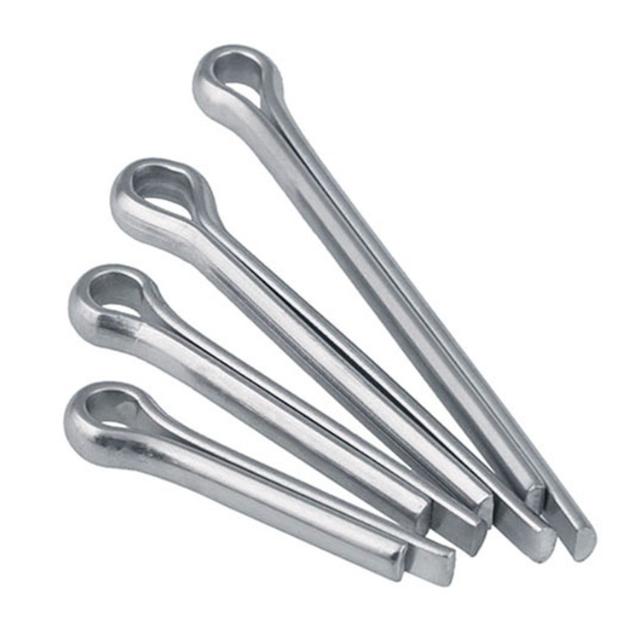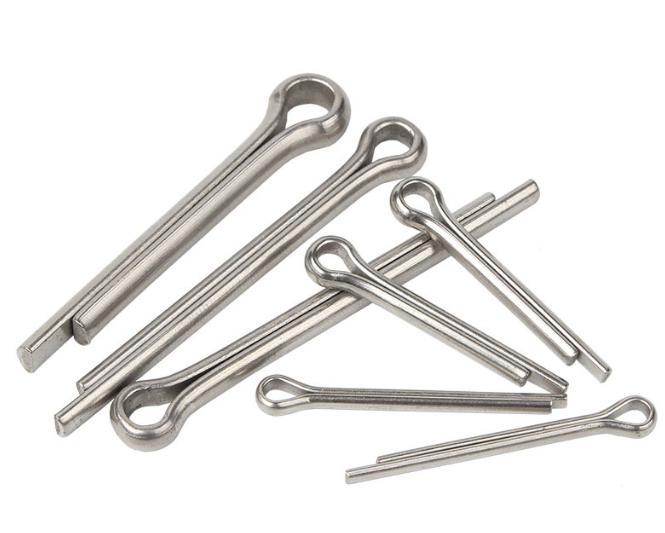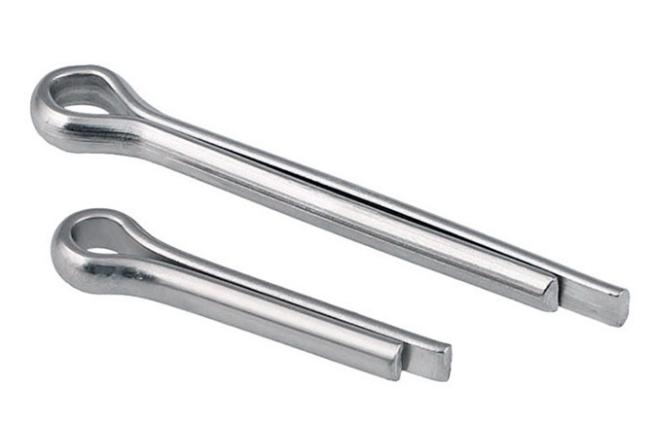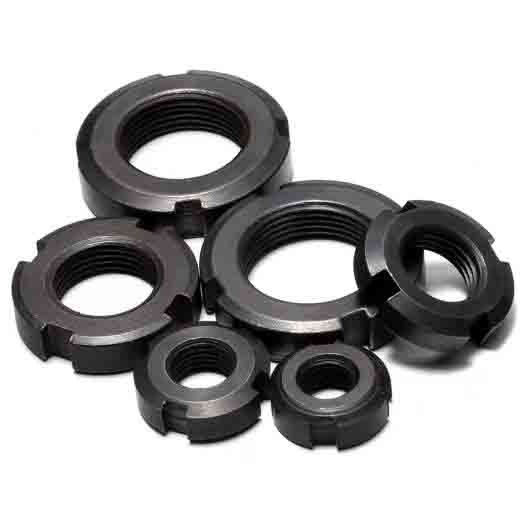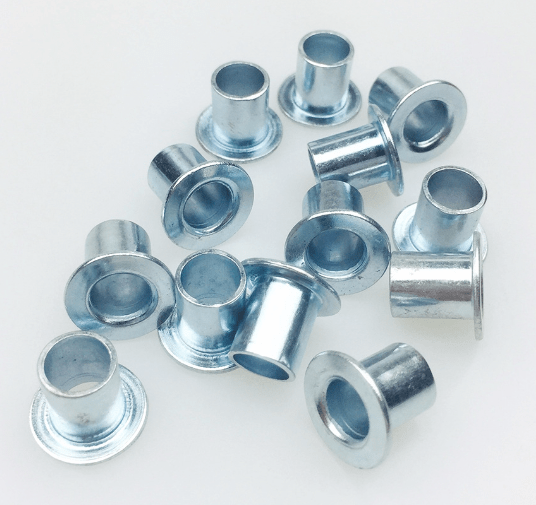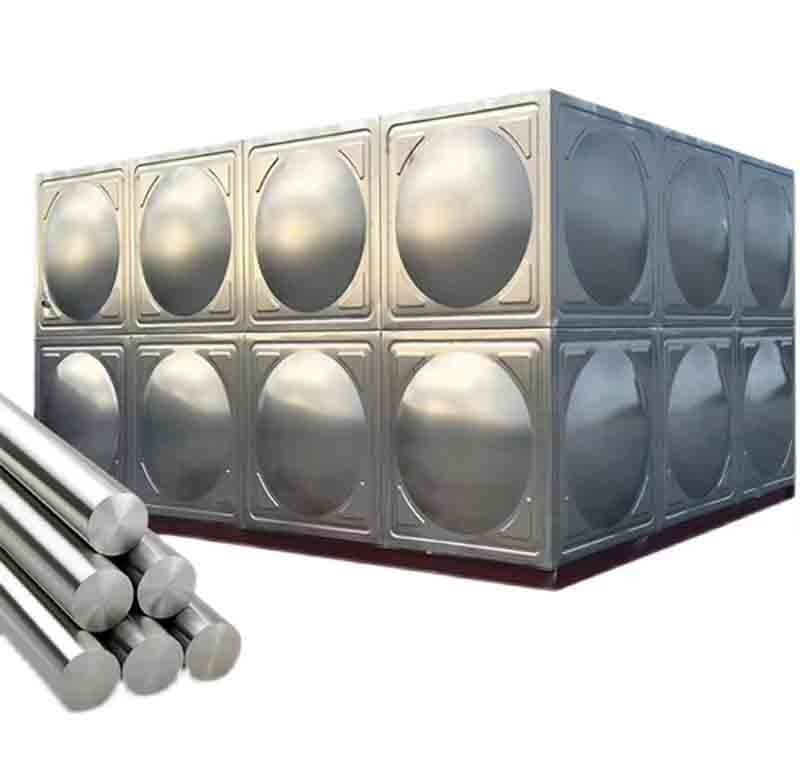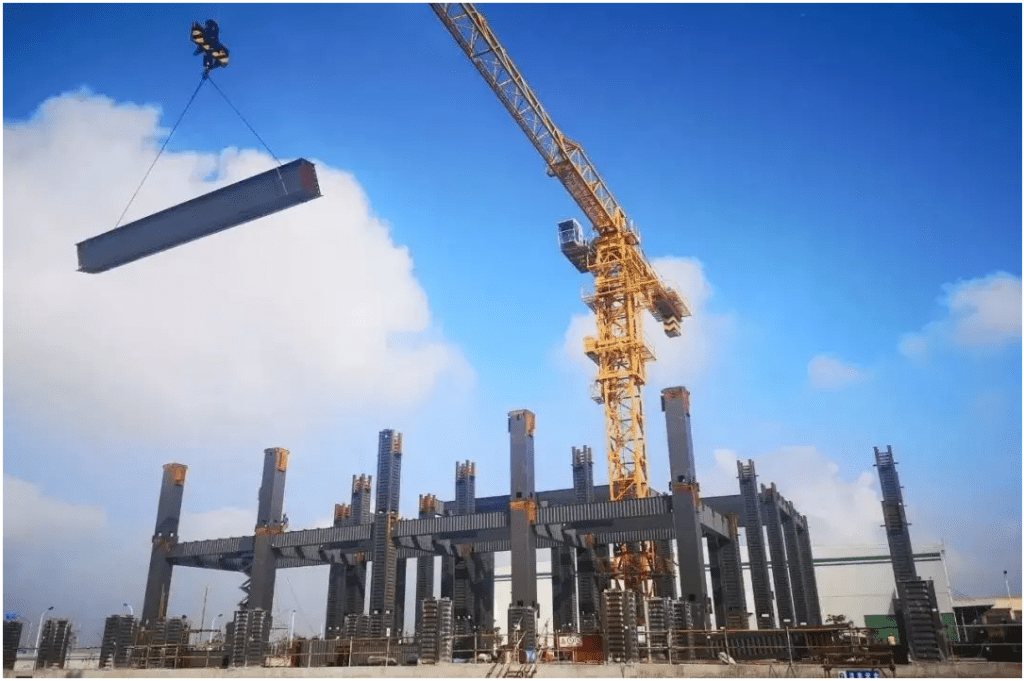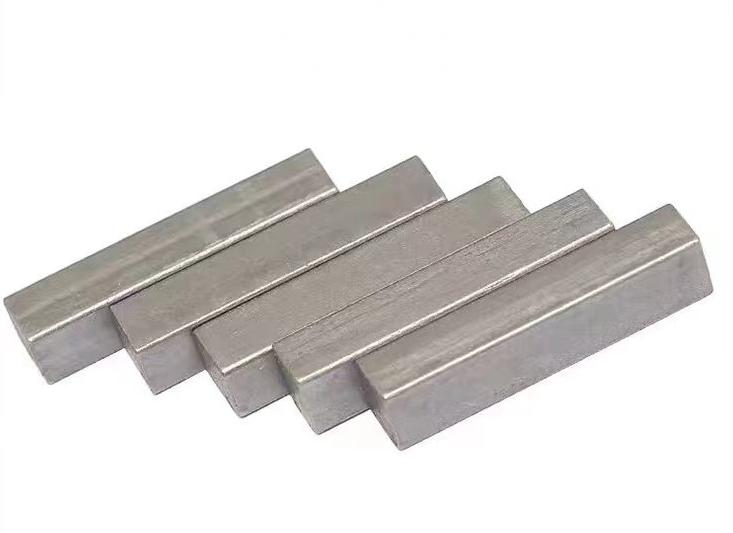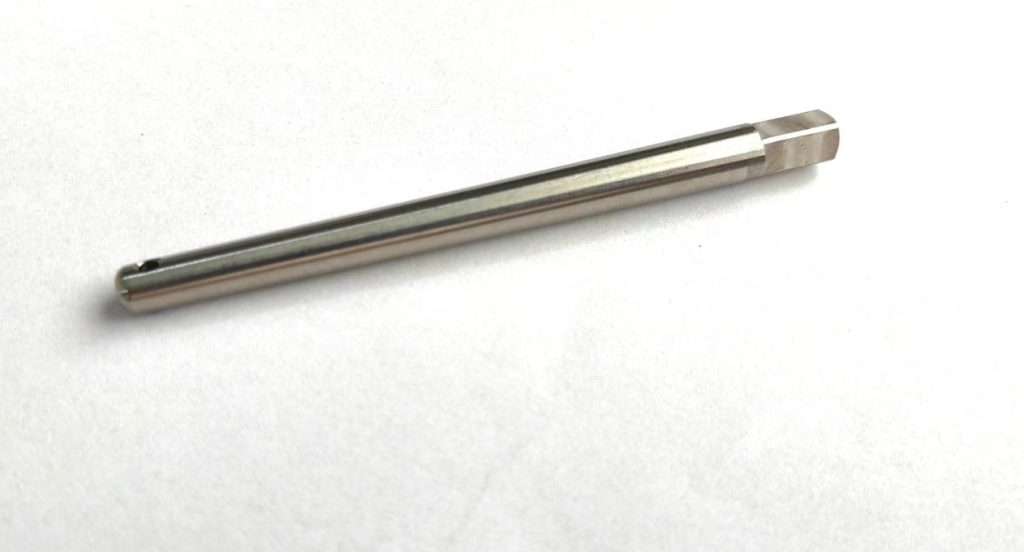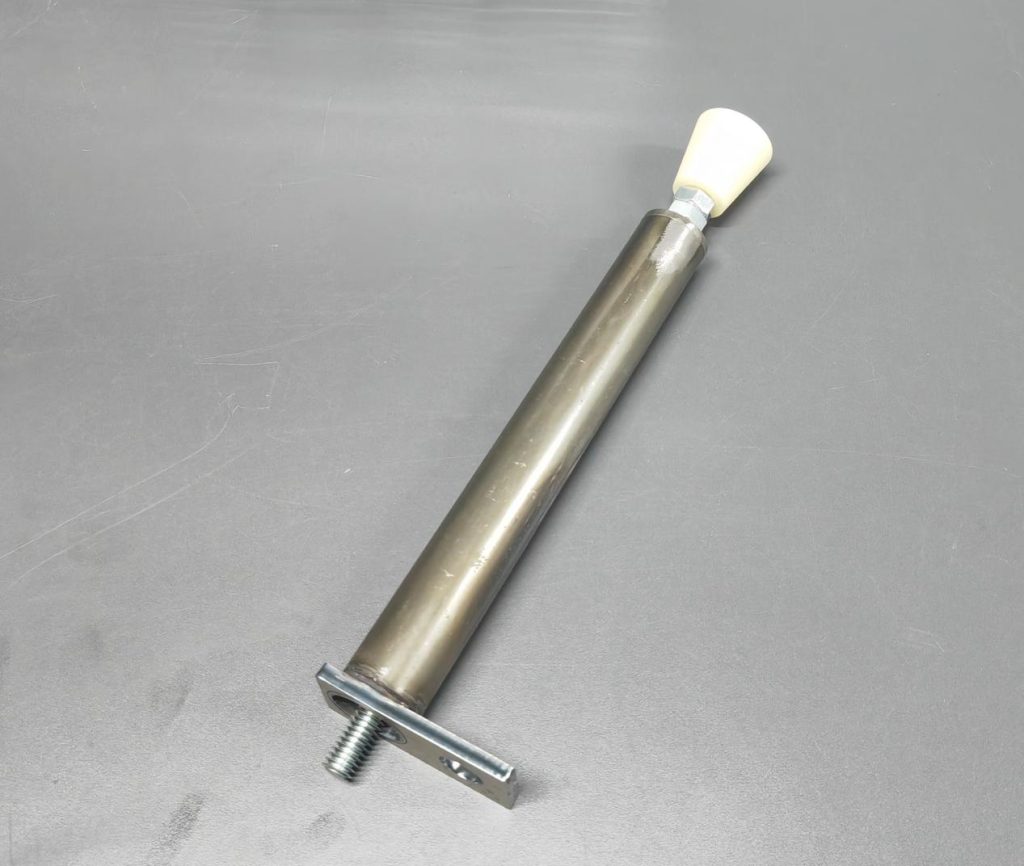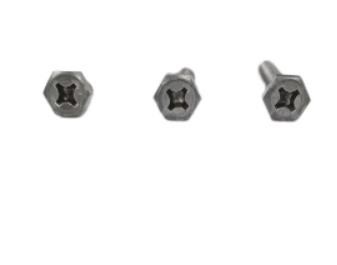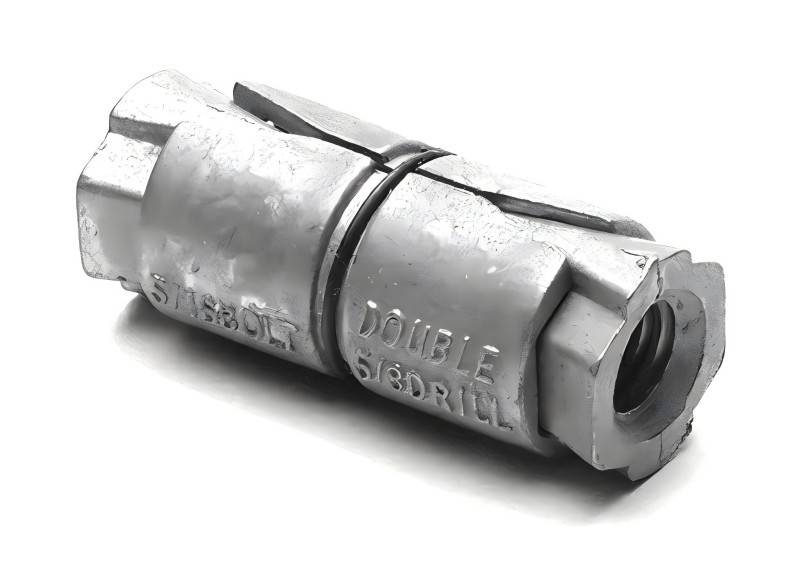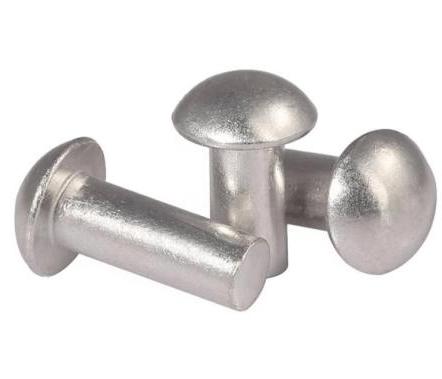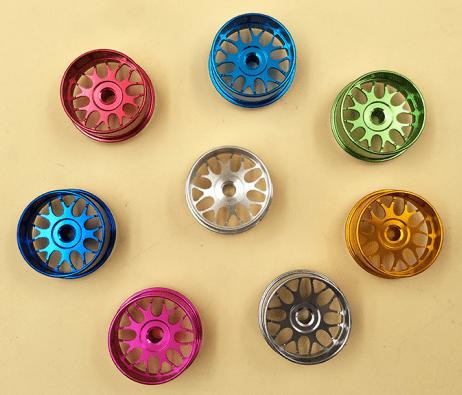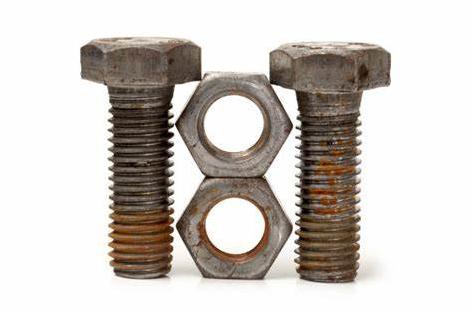Cotter Pins
The nominal specifications of cotter pins range from 0.6mm to 20mm.
When the nominal specification is 0.6mm:
- The maximum value of d is 0.5mm.
- The minimum value of d is 0.4mm.
- The maximum value of a is 1.6mm.
When the nominal specification is 20mm:
- The maximum value of d is 19.3mm.
- The minimum value of d is 19.0mm.
- The maximum value of a is 6.3mm.
Cotter pins of different nominal specifications have different applicable diameter ranges of bolts and U-shaped pins.
Materials of Cotter Pins
- Carbon Steel: Such as Q215 and Q235. They have a relatively low cost, possess a certain degree of strength and toughness, and can meet the anti-loosening requirements of general mechanical connections.
- Copper Alloy: Commonly, H63 is used, which has good electrical conductivity, thermal conductivity and corrosion resistance. It is suitable for occasions where electrical conductivity is required or in corrosive environments.
- Stainless Steel: Such as Cr17Ni7 and 0Cr18Ni9Ti. They have excellent corrosion resistance and oxidation resistance, and can maintain stable performance in harsh working environments. They are often used in the food processing, chemical, marine and other fields.
Surface Treatments of Cotter Pins
- Galvanizing: A layer of zinc is plated on the surface of the cotter pin, which can improve its corrosion resistance and prevent rust. It has a low cost and is widely used.
- Nickel Plating: The nickel plating layer has good wear resistance, corrosion resistance and gloss, which can make the surface of the cotter pin more beautiful and enhance its protection performance.
- Blackening Treatment: A black oxide film is formed on the surface of the cotter pin, which can improve the rust resistance to a certain extent and increase the surface hardness and wear resistance.
Manufacturing Process of Cotter Pins
- Blank Preparation: According to the required materials and specifications of the cotter pins, select appropriate wire rods or bars as blanks.
- Cold Heading Forming: Apply pressure to the blanks through a cold header to make them form in the mold and form the basic shape of the cotter pins.
- Cutting Process: Perform turning, grinding and other processes on the cold-headed cotter pins to ensure the dimensional accuracy and surface roughness of the cotter pins, such as machining pin head grooves and pin tail grooves.
- Surface Treatment: According to the usage requirements, perform surface treatments such as galvanizing, nickel plating and blackening on the cotter pins to improve their corrosion resistance and wear resistance.
- Quality Inspection: Conduct inspections on the dimensional accuracy, surface quality, toughness and other aspects of the processed cotter pins to ensure that the products meet relevant standards and usage requirements.
Application Fields of Cotter Pins
- Mechanical Field: It is used to fix components such as gears, bearings and couplings, prevent connecting bolts or nuts from loosening, and ensure the stable operation of mechanical equipment.
- Construction Field: In steel structure connections, it is used to fix bolt connection nodes to enhance the stability and safety of the structure. It can also be used for the installation and fixation of building doors and windows.
- Automobile Field: In the engine, chassis and other parts of the automobile, it is used to fix various components, such as axles, drive shafts, braking systems, etc., to ensure the safety and reliability of the vehicle.
- Aerospace Field: In the key parts of aircraft such as landing gear, engine and control system, cotter pins are used to prevent fasteners such as nuts and bolts from loosening, ensuring flight safety.

